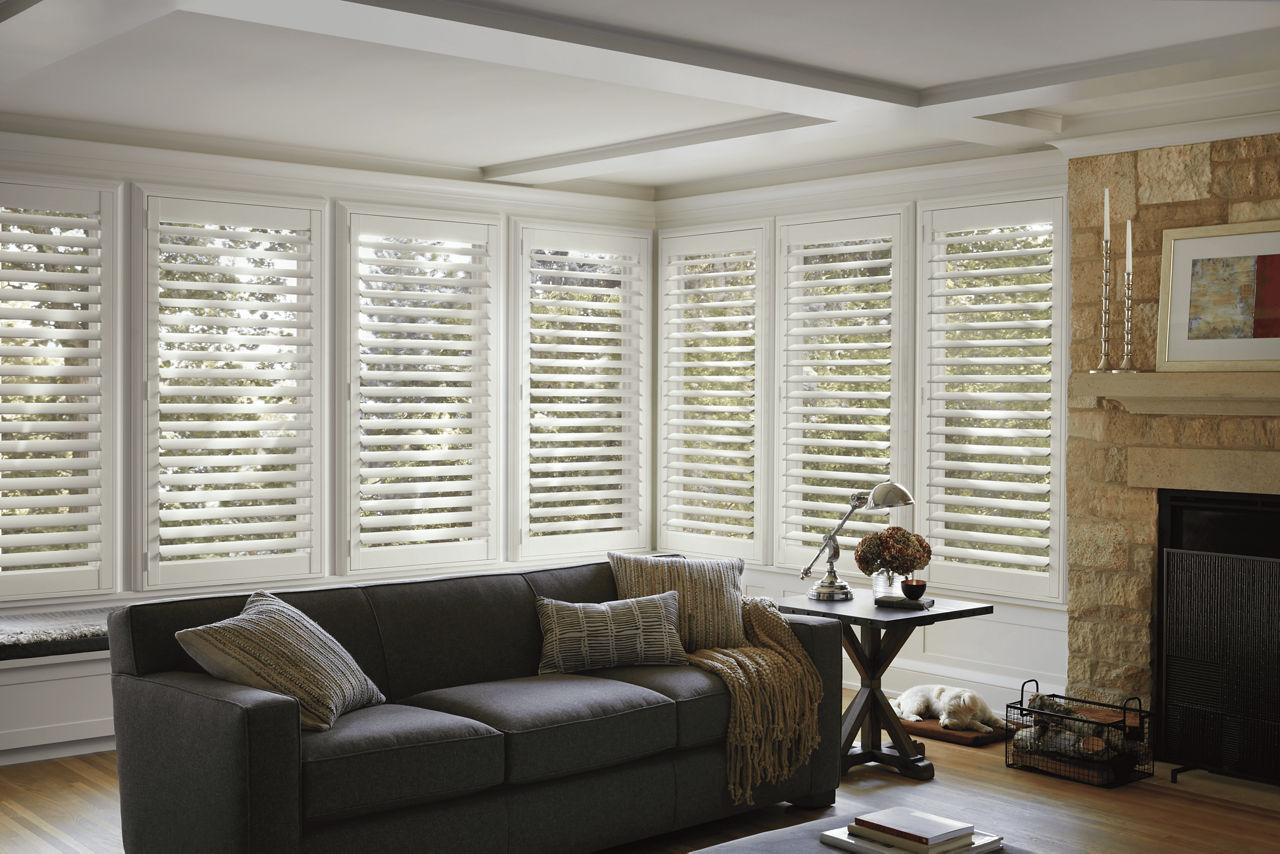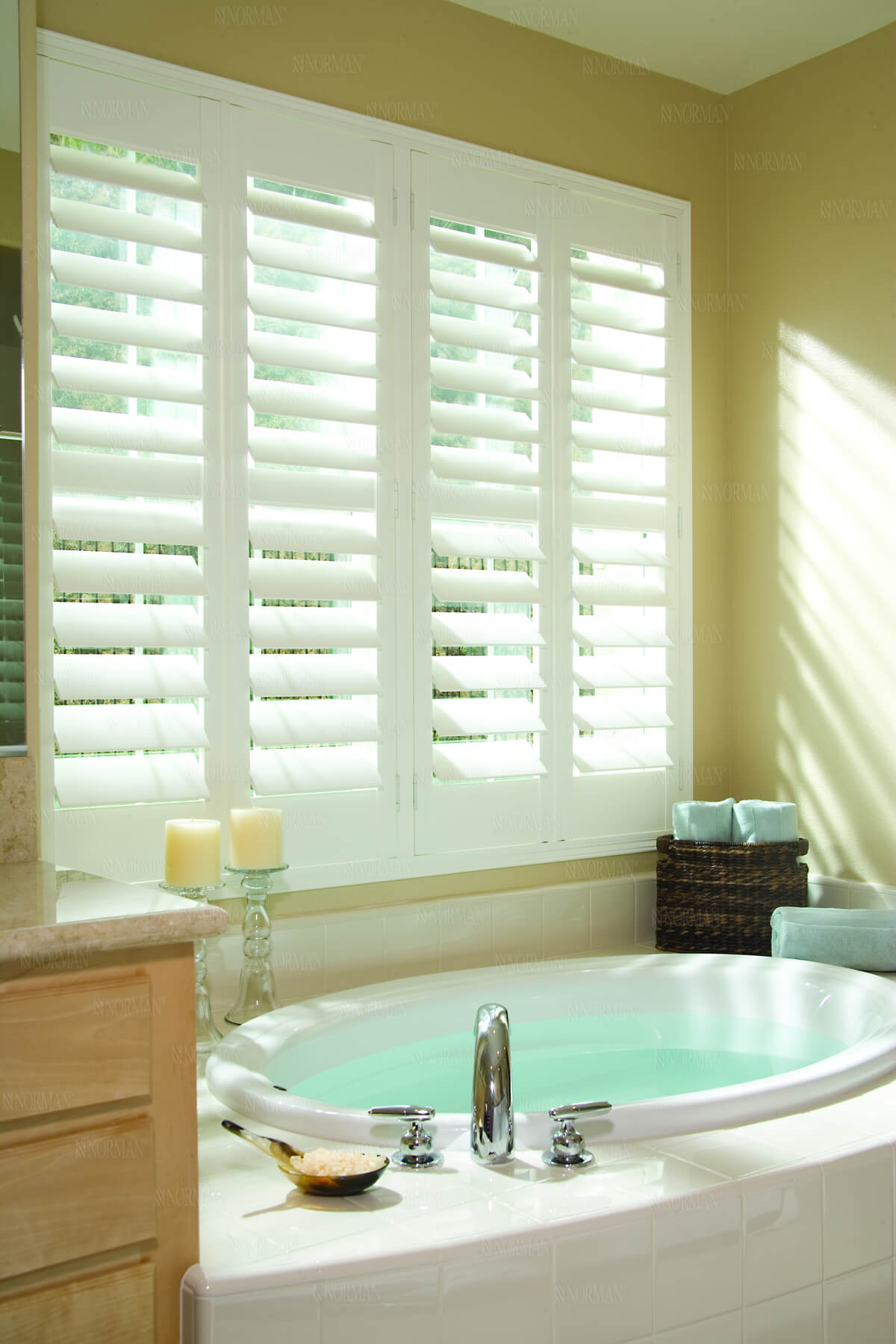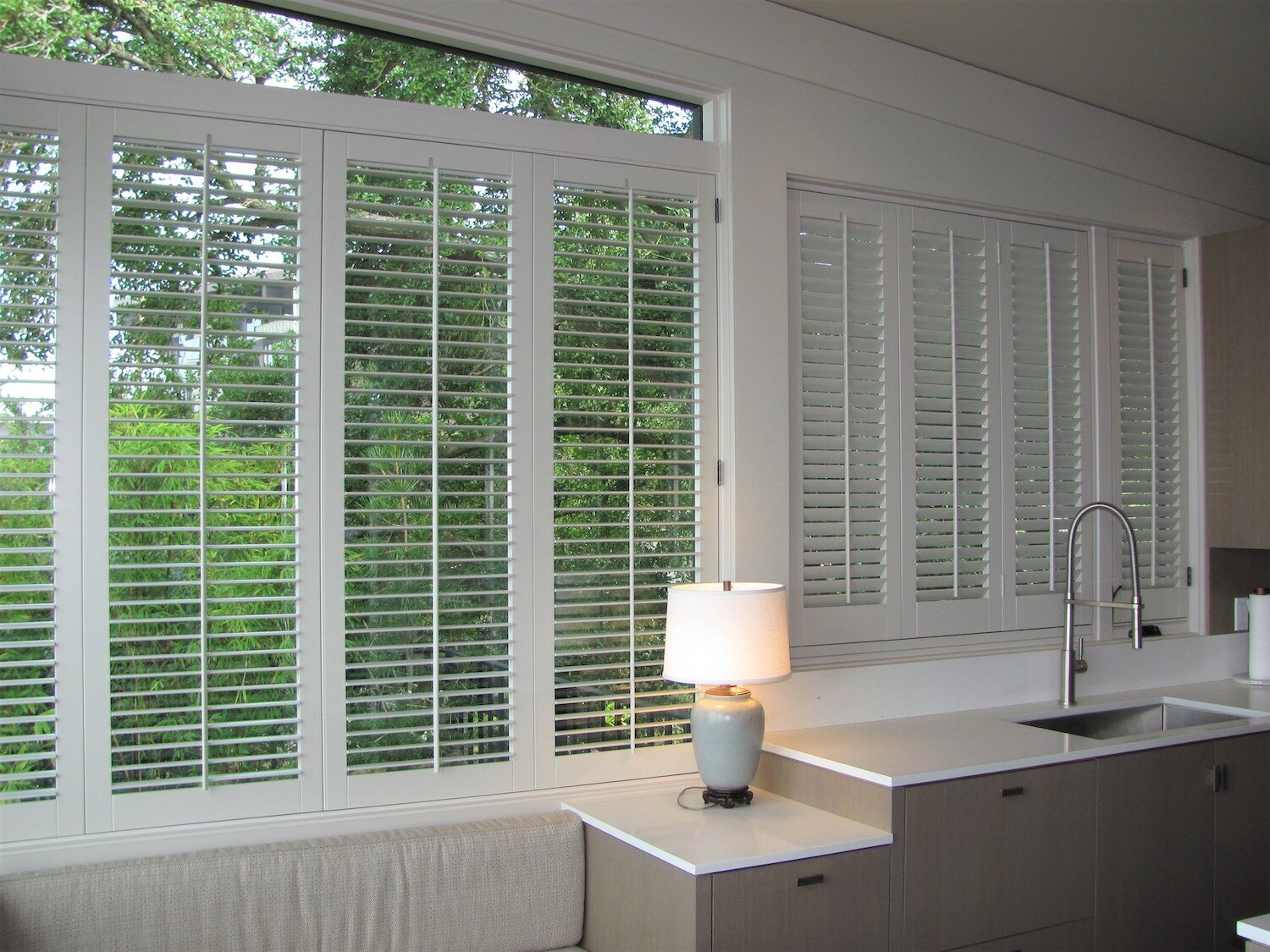Blinds Phoenix: Customized Window Blinds for Every Design and Spending plan
Blinds Phoenix: Customized Window Blinds for Every Design and Spending plan
Blog Article
What to Think about When Selecting In Between Blinds and Shutters for Your Windows: A Detailed Analysis of Each Option's Benefits
Selecting the right home window treatment is a decision that transcends simple aesthetics; it encompasses functionality, maintenance, and long-term investment. Blinds provide a cost-effective and flexible solution, while shutters provide unequaled longevity and design. Each alternative flaunts special advantages that merit cautious consideration, particularly regarding how they align with your home's layout and your individual choices for privacy and light control. As we explore the key differences and benefits of both options, comprehending these elements will be crucial in guiding you towards a decision that meets your needs and boosts your area.
Key Distinctions Between Shutters and blinds
Often, homeowners locate themselves deliberating in between blinds and shutters when picking window therapies. Understanding the vital differences in between these two choices can considerably affect their decision-making procedure.
Blinds are generally made from materials such as wood, faux timber, light weight aluminum, or plastic. They are composed of vertical or straight slats that can be changed to manage light and privacy. The flexibility of blinds enables a broad range of sizes, shades, and designs, making them suitable for various area visual appeals. Blinds are typically much more cost-effective, appealing to budget-conscious house owners.
In comparison, shutters are strong home window treatments that can be custom-fitted to the window framework. Shutters give better insulation and can improve the total power efficiency of a home.

Advantages of Blinds
Blinds supply a useful and versatile service for house owners looking for reliable home window therapies. Among the key advantages of blinds is their flexibility to numerous designs and preferences. Offered in many products such as timber, artificial wood, light weight aluminum, and material, they can match any type of interior decoration plan. Additionally, their wide range of shades and appearances enables for personalization to match existing decoration.
Another substantial benefit of blinds is their simplicity of operation. Several modern-day blinds included user-friendly devices, consisting of cordless choices and motorized systems, making them easily accessible for any ages. This convenience is boosted by their capability to offer precise light control, permitting property owners to easily change the level of sunshine going into an area.
Blinds likewise offer superb privacy alternatives, as they can be completely opened up, partially slanted, or completely shut, depending upon the desired degree of seclusion. They are usually a lot more cost-effective than shutters, supplying a budget-friendly option without giving up style or performance. Lastly, maintenance is uncomplicated, as many blinds can be cleaned up with a simple wipe-down, making sure that they continue to be an attractive function in any kind of home for years to find.
Advantages of Shutters
Shutters present an unique set of benefits that make them an enticing selection for homeowners seeking long lasting and fashionable window treatments. One of the primary benefits of shutters is their outstanding resilience - shutters phoenix. Built from robust materials such as wood, vinyl, or composite, they are developed to endure the test of time and withstand damage from UV rays, wetness, and temperature fluctuations

Shutters likewise offer boosted personal privacy and light control. Homeowners can quickly adjust the slats to achieve the preferred degree of illumination while preserving privacy from the exterior. Unlike blinds, which may droop or flex with time, shutters preserve their form and functionality.
In addition, shutters can enhance the value of a home (window treatments phoenix). Their classic visual and toughness interest potential purchasers, making them a worthwhile investment. In summary, the resilience, power effectiveness, personal privacy control, and capacity for increased property value make shutters an engaging option for home window treatments
Visual Factors To Consider
When choosing home window treatments, visual factors to consider play a vital role in boosting the overall layout and ambiance of a room. Both blinds and shutters use distinctive visual attributes that can enhance various indoor designs, from modern to standard.
Blinds generally supply a smooth, minimal appearance, easily offered in a series of colors and materials. This convenience allows homeowners to collaborate blinds with existing style, creating a unified appearance. Their horizontal or vertical slats can include a modern side, making them ideal for city setups.
On the other hand, shutters emanate a timeless elegance that enhances conventional and rustic insides. Their solid structure and adjustable surfaces, such view website as wood spots or painted choices, stimulate a feeling of eternity. Shutters can act as a declaration piece, accentuating the window while providing an upscale aesthetic.
Ultimately, the choice in between blinds and shutters need to mirror not only personal style but also the desired atmosphere of the room. By carefully considering just how each alternative straightens with the general style vision, property owners can successfully enhance their room's visual charm, ensuring an unified and welcoming atmosphere.
Cost and Maintenance Variables
When selecting between blinds and shutters for home window treatments,Price and upkeep are important facets to consider. Blinds are usually a lot more budget-friendly, with a vast array of options readily available at different price factors. Basic textile or plastic blinds can be quite budget-friendly, while premium materials like timber can raise the price. Setup is typically uncomplicated, typically permitting for DIY approaches, which might further minimize expenses.
On the other hand, shutters tend to bring a greater initial expense because of their custom production and durable building and construction. This investment may generate lasting savings, as shutters are typically a lot more sturdy and call for less frequent replacement. They also provide remarkable insulation, possibly reducing energy bills in time.
Blinds normally need routine dusting and periodic cleaning, while shutters can be wiped down with a damp towel for cleansing, making them simpler to maintain. Inevitably, the option between shutters and blinds must balance both first financial investment and continuous maintenance requires to guarantee an acceptable return on investment.
Verdict

Blinds present a cost-efficient and flexible service, while shutters use unparalleled sturdiness and style.Price and upkeep are critical aspects to consider when selecting between blinds and shutters for window treatments. Blinds normally need normal cleaning and periodic cleaning, while shutters can be cleaned down with a moist cloth for cleaning, making them much easier to preserve. Eventually, read what he said the option between blinds and shutters ought to balance both initial investment and ongoing upkeep requires to make certain a satisfactory return on investment.
In summary, the decision between shutters and blinds pivots on numerous aspects, including material composition, layout adaptability, and expense.
Report this page